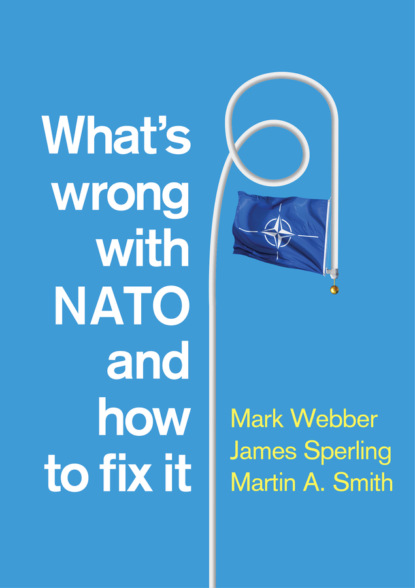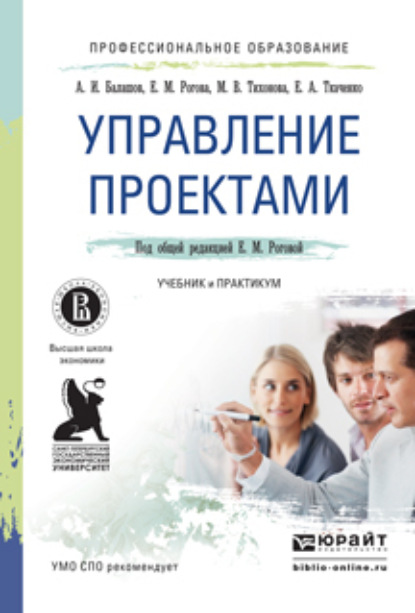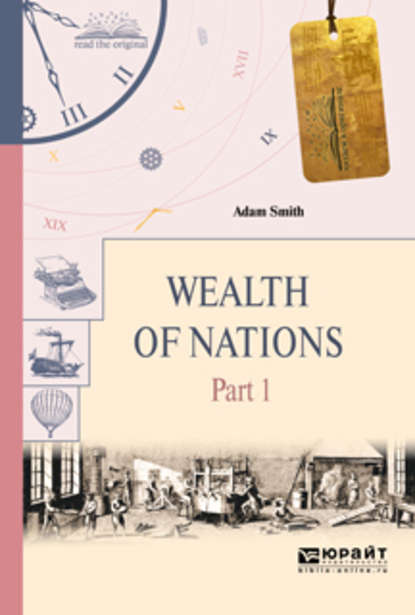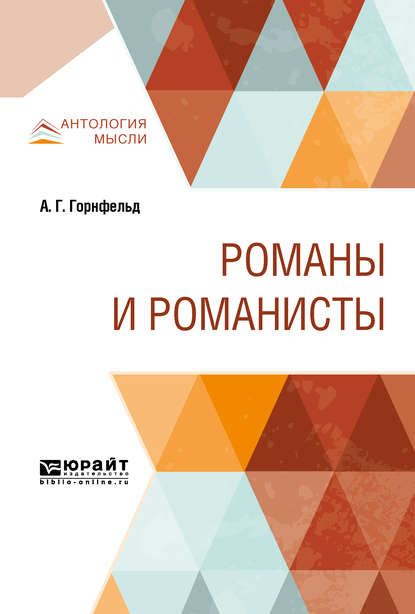Книга "Что не так с НАТО и как это исправить" автора Марка Вебера посвящена исследованию основных проблем, которые угрожают выживанию НАТО, начиная с проблем организации безопасности и заканчивая конфликтами внутри альянса. Книга исследует четыре ключевых изменения после холодной войны, которые ставят под угрозу выживание НАТО: чрезмерно расширенный географический охват и неповоротливый портфель средств безопасности, неспособность решать проблемы нехватки мощностей и неспособность достигнуть показателей военного бюджета, усталость США и сомнение Европы по поводу НАТО, а также межсоюзный конфликт из-за места России в европейской системе безопасности и способов справиться с дестабилизацией Москвой Грузии и Украины. В ответ авторы предлагают ряд вариантов политики, которые могут вдохнуть новую жизнь в НАТО, однако они предупреждают, что союзы появляются и исчезают, и большинство из них попадают в корзину истории. Чтобы избежать этой участи, НАТО должно не только решить основные проблемы, но и адаптироваться к будущим вызовам своим единству и доверию, таким как Брексит или рост конкуренции с Китаем.
NATO, the most prestigious military alliance in the world and the cornerstone of international security, faces severe challenges, writes Mark Webber in his new book. Destabilizing forces at home and abroad – Brexit, Iran, and above all Russia – destabilize the Western world, threatening not only NATO’s existence but that of Western civilization as a whole. NATO needs far-reaching and long-laid reforms without which it will perish.
Электронная Книга «What's Wrong with NATO and How to Fix it» написана автором Mark Webber в году.
Минимальный возраст читателя: 0
Язык: Английский
ISBN: 9780745682655
Описание книги от Mark Webber
NATO, the most successful alliance in history, is beset by unresolved tensions and divergent interests that are undermining its cohesion, credibility and capability. In this new book, Mark Webber, James Sperling and Martin Smith explore four key post-Cold War developments that threaten NATO's survival: an overextended geostrategic reach and an unwieldly security policy portfolio; a failure to address capability short-falls and meet defence spending benchmarks; US weariness and European wariness that call NATO into question; and intra-alliance discord over Russia’s place in the European security order and how to deal with Moscow’s destabilization of Georgia and Ukraine. The authors propose in response a range of policy options that could reinvigorate NATO, but conclude with a note of caution. Alliances come and go and most are cast into the dustbin of history. If NATO is to avoid this fate, it must not only address the major problems that trouble it, but also get to grips with future challenges to alliance cohesion and credibility, from Brexit to the emerging contest with China.



















